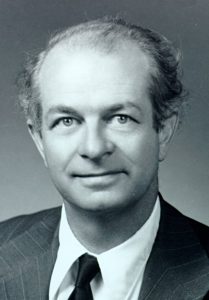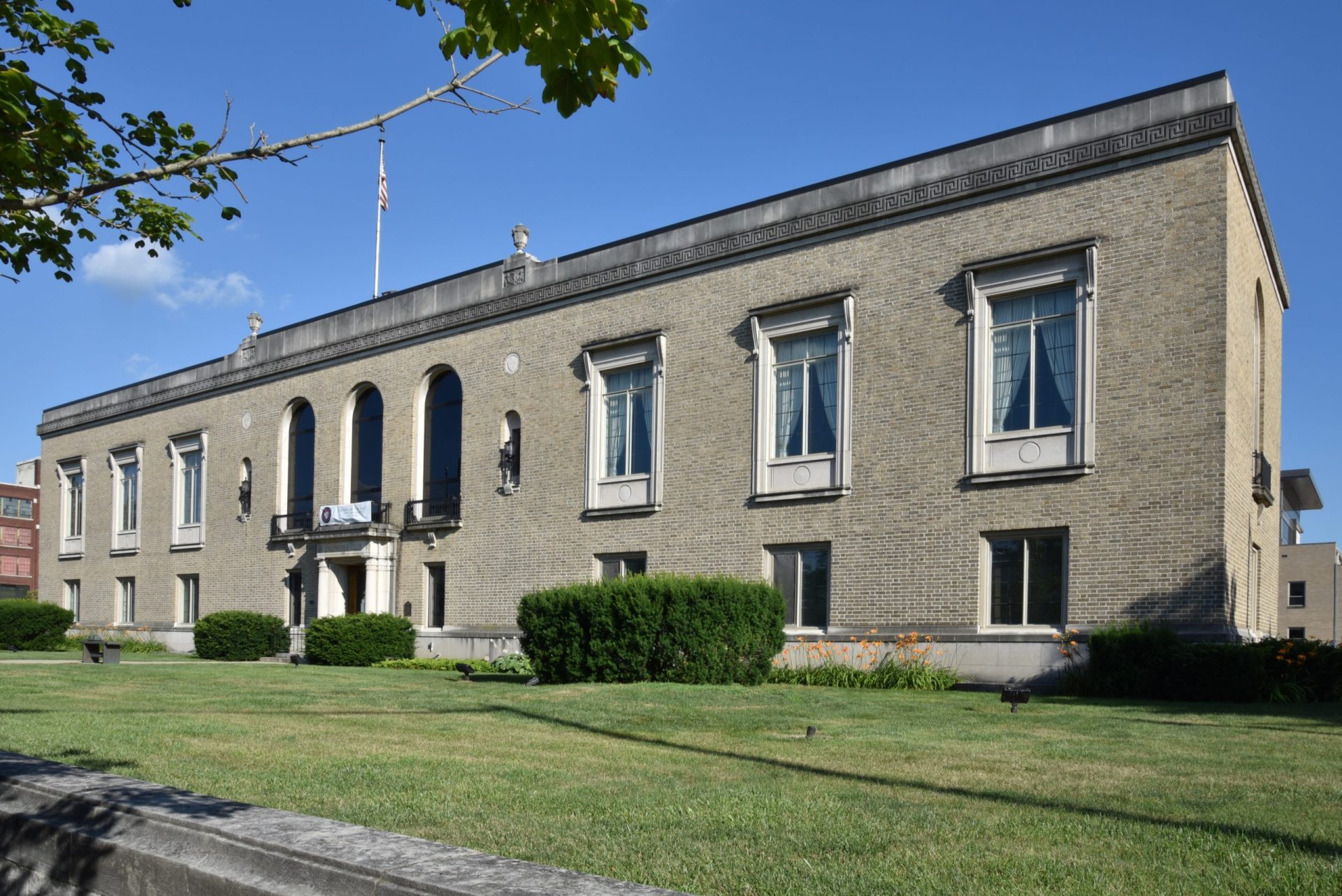
1901-1994
Established Molecular Orbital Theory of Molecular Bonds
Linus Carl Pauling was born on February 28, 1901, in Portland, Oregon. He was the second child of Herman Henry Pauling and Lucy Isabelle Darling. His father was a pharmacist and his mother was a homemaker. Pauling showed an early interest in science and mathematics, and he graduated from Oregon State College with a degree in chemical engineering in 1922. He then went on to earn a Ph.D. in physical chemistry from the California Institute of Technology in 1925.
Pauling’s scientific achievements were numerous and groundbreaking. He made significant contributions to the fields of quantum chemistry, molecular biology, and structural chemistry. He developed the theory of the chemical bond, which is still used today to explain the structure and properties of molecules. He also discovered the molecular basis of sickle-cell anemia.
Pauling was awarded the Nobel Prize in Chemistry in 1954 for his work on the chemical bond. He was also awarded the Nobel Peace Prize in 1962 for his work on nuclear disarmament. He was the only person to win two Nobel Prizes in different fields.
Pauling was a prolific writer and author of over 1,200 scientific papers and books. He was also a strong advocate for peace and social justice. He died on August 19, 1994, at the age of 93.
Here are some of his other scientific achievements:
- Developed the theory of resonance structures.
- Discovered the alpha helix and beta pleated sheet structures of proteins.
- Studied the effects of vitamin C on health.
- Opposed the use of nuclear weapons.
- Founded the Linus Pauling Institute of Science and Medicine.
Pauling was a brilliant scientist and a tireless advocate for peace. His work has had a profound impact on our understanding of the world and our place in it. He was a true giant of science, and his legacy will continue to inspire scientists and peacemakers for generations to come.
References:
Linus C. Paulding, Ph.D. Wikipedia.

